Table of Contents
Introduction
Chili peppers burn because capsaicin, a chemical compound, binds to TRPV1 pain receptors in your mouth and throat, tricking your brain into sensing heat. This physiological reaction is the core reason behind the "burning" sensation. According to the American Chemical Society, capsaicin is the primary compound responsible for chili heat, and its concentration determines intensity. In this guide, we explain the science behind chili burn, how the Scoville scale measures heat, and practical tips for safely enjoying spicy foods based on verified scientific research.
The Scoville Scale: Measuring the Heat
| Chili Pepper | Scoville Rating |
|---|---|
| Jalapeño | 2,500–8,000 SHU |
| Serrano | 10,000–25,000 SHU |
| Habanero | 100,000–350,000 SHU |
| Ghost Pepper | 1,000,000–1,500,000 SHU |
| Carolina Reaper | 1,400,000–2,200,000 SHU |
Keep in mind that these numbers can vary based on growing conditions, ripeness, and even the part of the pepper being tested (seeds vs. flesh). So, always be cautious when trying new chilis—especially those at the top of the list!
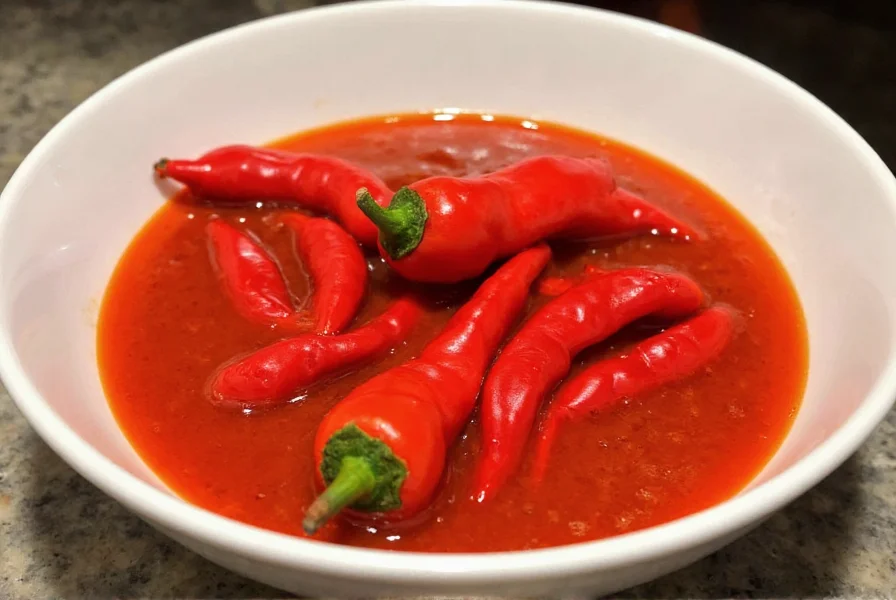
Capsaicin: The Real Firestarter
Capsaicin is the chemical compound that gives chilis their heat. When it comes into contact with your tongue, it binds to TRPV1 pain receptors, tricking your brain into thinking you're burning something. This triggers a response that includes sweating, increased heart rate, and even tears—because your eyes have similar receptors! According to the National Institutes of Health (NIH), capsaicin's interaction with these receptors is why chili heat feels like actual burning, even though no physical damage occurs.
Interestingly, capsaicin isn't just about heat—it has health benefits too. Studies published in the Journal of Clinical Investigation suggest it may help with pain relief, boost metabolism, and support heart health. But that doesn't mean you should go out and eat a whole bag of habaneros. Moderation is key, even when it comes to good things.
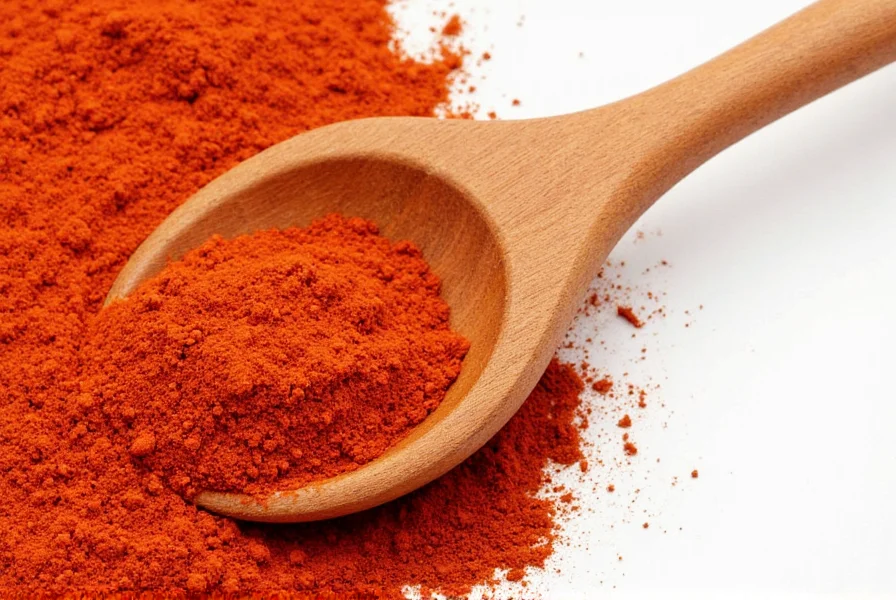
Chili Varieties and Their Heat Levels
There are hundreds of chili varieties around the world, each with its own unique flavor profile and heat level. Here's a quick rundown of some popular ones:
- Jalapeño: Mild to medium heat, great for salsas and tacos.
- Serrano: Medium to hot, often used in Mexican cuisine.
- Chipotle: Smoked jalapeño, with a smoky, slightly sweet heat.
- Habanero: Very hot, with a fruity, citrusy flavor.
- Ghost Pepper: Extremely hot, known for its intense burn.
- Carolina Reaper: Currently the hottest chili in the world, with an intense heat and fruity undertones.
It's also worth noting that some chilis get hotter as they ripen. For example, a green jalapeño is milder than a red one. If you want more heat, look for ripe chilis—or better yet, avoid them if you're not ready for the burn.
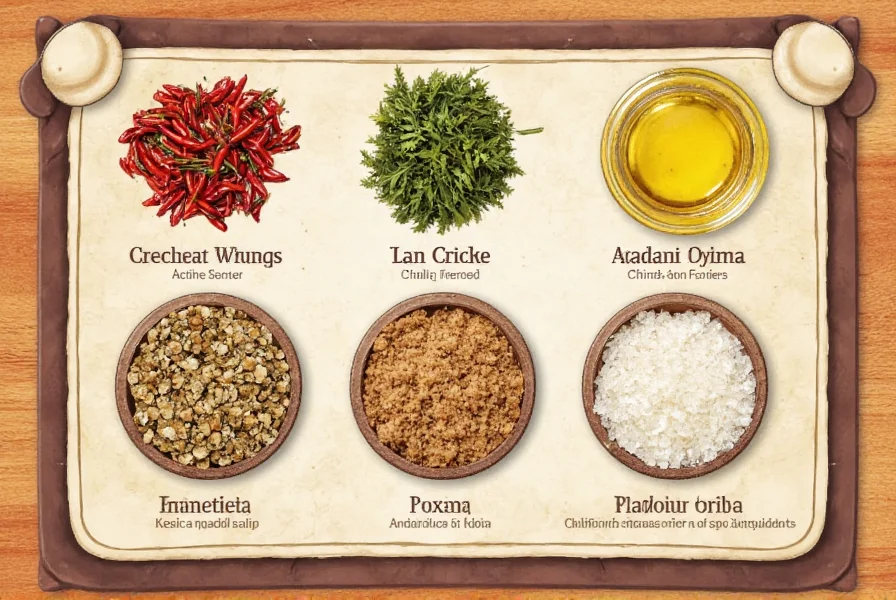
Practical Tips for Handling Spicy Foods
Whether you're a seasoned spice lover or just starting out, here are some tips to help you manage the heat:
- Start small: Begin with a tiny amount of chili and work your way up.
- Use dairy: Milk, yogurt, or cheese can neutralize capsaicin and soothe your mouth.
- Avoid water: Water can actually spread the heat around your mouth, making it worse.
- Don't touch your face: Capsaicin can transfer from your hands to your eyes or nose.
- Have a plan: If you accidentally eat something too spicy, keep a glass of milk nearby.
Remember, everyone's tolerance is different. What feels like a light kick to you might feel like a firework to someone else. Be respectful of others' limits and don't force them to eat something they're uncomfortable with.
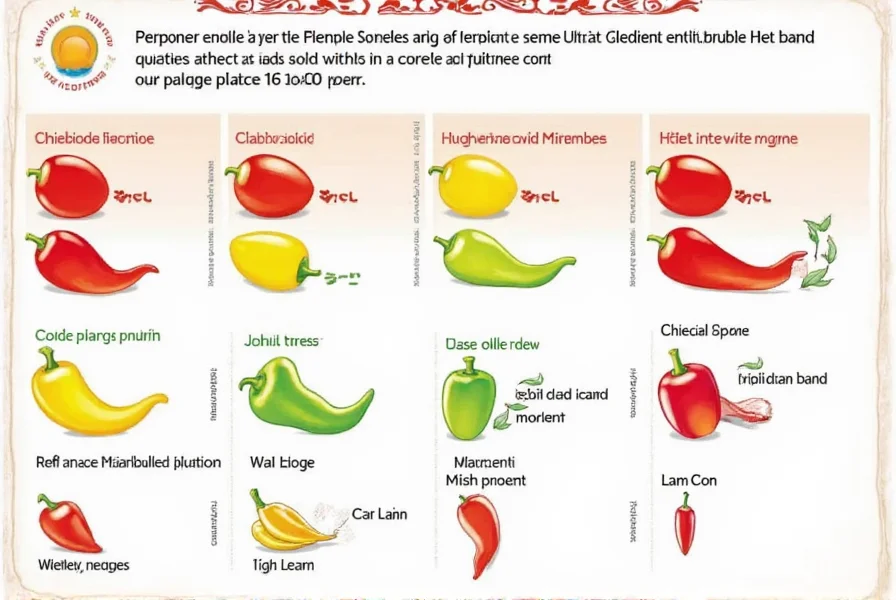
Buying Guide: How to Choose the Right Chili for You
Choosing the right chili depends on your taste preferences and the dish you're making. Below is a detailed buying guide to help you select the perfect chili for your needs:
1. Jalapeño
Features: Green or red, medium heat, versatile use.
Advantages: Great for beginners, adds a mild kick to dishes.
Use Cases: Salsas, tacos, stuffed peppers.
Target Audience: Casual cooks and first-time spice lovers.
Suitable Occasions: Weeknight dinners, casual gatherings.
2. Habanero
Features: Orange or yellow, very hot, fruity flavor.
Advantages: Adds a strong heat and sweetness to dishes.
Use Cases: Hot sauces, salsas, grilled meats.
Target Audience: Experienced spice lovers and chefs.
Suitable Occasions: Special events, spicy food challenges.
3. Ghost Pepper
Features: Orange-red, extremely hot, complex flavor.
Advantages: Offers a unique and intense heat experience.
Use Cases: Hot sauces, extreme recipes, novelty dishes.
Target Audience: Hardcore chili enthusiasts and daredevils.
Suitable Occasions: Spicy food competitions, adventurous cooking.
4. Carolina Reaper
Features: Red-orange, the hottest chili in the world, tangy and fruity.
Advantages: Perfect for those who love a real challenge.
Use Cases: Hot sauces, experimental cooking, spicy food videos.
Target Audience: Professional chefs, chili connoisseurs, and thrill-seekers.
Suitable Occasions: Extreme cooking shows, spicy food festivals.
No matter which chili you choose, remember that what makes a chili hot is the balance between heat and flavor. Don't be afraid to experiment, but always respect the power of capsaicin.
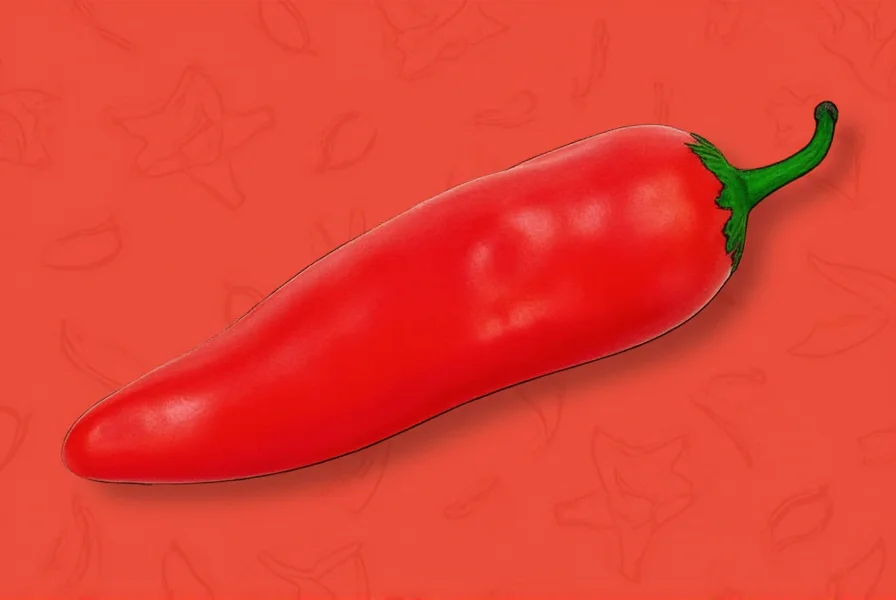
Frequently Asked Questions
What makes a chili hot?
Capsaicin is the chemical compound responsible for making chilis hot. This compound binds to TRPV1 pain receptors in your mouth and throat, triggering a sensation of heat or burning. The concentration of capsaicin varies among different chili varieties, which is why some peppers are milder while others are extremely hot. According to the American Chemical Society, capsaicin is the primary compound responsible for chili heat.
Is the heat in chilis dangerous?
While extremely spicy chilis can cause discomfort, they're generally not dangerous in normal culinary amounts. Your body has natural limits—most people will stop eating spicy food before reaching a dangerous level. However, consuming extremely hot peppers like Carolina Reaper in large quantities can cause temporary gastrointestinal distress. Always handle very hot peppers with care and wash your hands thoroughly after touching them. The National Institutes of Health confirms that capsaicin exposure is safe within typical food consumption levels.
Why do some chilis taste fruitier than others?
Besides capsaicin, chilis contain various flavor compounds that contribute to their taste profile. Habaneros and Scotch bonnets, for example, have high levels of fruity esters that give them their characteristic tropical fruit notes. The specific combination of sugars, acids, and aromatic compounds varies by variety, creating different flavor experiences alongside the heat. Research published in the Journal of Agricultural and Food Chemistry shows these compounds interact with taste receptors differently than capsaicin.
How can I reduce the heat of a chili?
To reduce heat, remove the seeds and white membrane (placenta) inside the pepper, as these contain the highest concentration of capsaicin. Cooking methods also affect heat—roasting can mellow the spice slightly, while drying peppers often concentrates the heat. Pairing spicy foods with dairy products like yogurt or sour cream can also help neutralize the capsaicin when eating. The American Chemical Society recommends dairy as the most effective remedy due to casein protein binding with capsaicin.
Why does dairy help with spicy food?
Dairy products contain casein, a protein that helps break down capsaicin molecules and wash them away. This is why milk, yogurt, or cheese provide relief from spicy heat better than water, which just spreads the oil-based capsaicin around your mouth without neutralizing it. This mechanism is well-documented in food science literature from the Journal of Food Science.
Do chili heat levels change as they ripen?
Yes, most chilis become hotter as they ripen and change color. A green jalapeño is milder than a red one of the same variety. The ripening process allows the plant to produce more capsaicin. Additionally, environmental factors like soil quality, temperature, and water stress can influence the final heat level of the pepper. Studies in the Journal of Plant Physiology confirm capsaicin production increases during fruit maturation.
Can you build tolerance to spicy food?
Yes, regular consumption of spicy foods can build your tolerance over time. This happens because repeated exposure to capsaicin temporarily desensitizes the TRPV1 pain receptors in your mouth. Many spice enthusiasts gradually increase their tolerance by consistently eating spicier foods, allowing them to enjoy hotter peppers that would have been overwhelming initially. Neurological research published in Pain Medicine shows this desensitization effect is reversible and varies by individual.
Why do people enjoy spicy food if it causes pain?
When capsaicin triggers pain receptors, your body releases endorphins—natural chemicals that create a pleasurable sensation. Many people enjoy this "pain-pleasure" cycle, similar to the experience of riding a rollercoaster. Cultural factors and the enhanced flavors that come with spicy foods also contribute to why so many people enjoy hot cuisine despite the initial burning sensation. This phenomenon is studied in the field of neurogastronomy, as documented in Nature Neuroscience.
Conclusion
Understanding why chili peppers burn is rooted in science: capsaicin triggers pain receptors, creating a burning sensation without actual damage. This knowledge empowers you to safely explore spicy foods. From the mild jalapeño to the record-breaking Carolina Reaper, each pepper offers a unique heat experience based on capsaicin concentration and flavor compounds. By applying science-backed tips—like using dairy for relief or starting small—you can enjoy spicy cuisine confidently. Remember, the goal isn't to conquer heat but to appreciate the chemistry and culture behind every fiery bite.
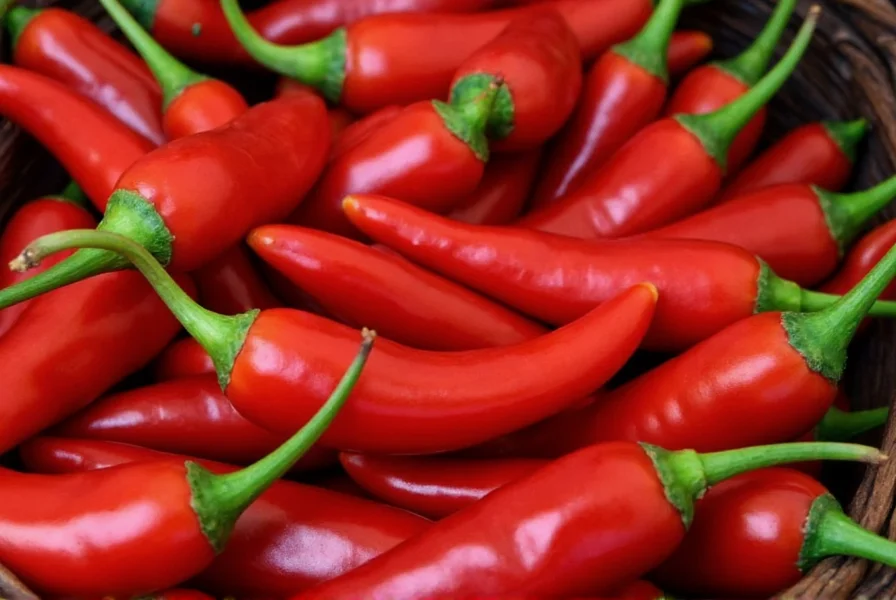










 浙公网安备
33010002000092号
浙公网安备
33010002000092号 浙B2-20120091-4
浙B2-20120091-4